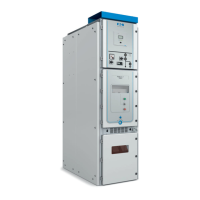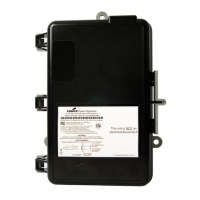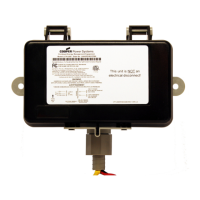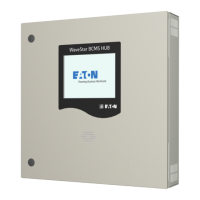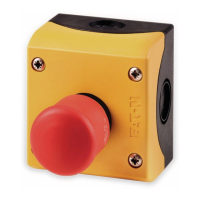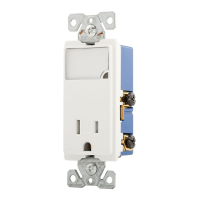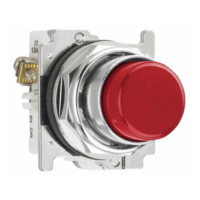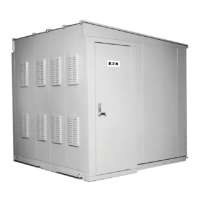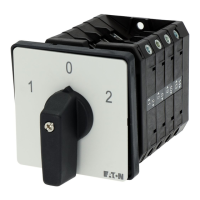PB 1.1-2007
Page 6
Section 5
INSTALLATION OF CONDUIT AND CONDUCTORS
5.1 CONDUITS INSTALLATION
Conduits should be installed so as to prevent moisture or water from entering and accumulating within the
enclosure. Provision should be made to protect conductors from abrasion in accordance with Article 312 of
the National Electrical Code.
5.2 KNOCKOUTS REMOVAL
Knockouts should be removed as follows:
IMPORTANT—Remove knockouts, ONE AT A TIME, alternating INWARD and OUTWARD.
5.2.1 First Step—Remove Center Knockout
Remove center knockout INWARD.
5.2.1.1 Screwdriver Blade
Place screwdriver blade against point farthest from tie and strike INWARD (Figure 1). Bend back and
forth to break tie.
5.2.2 Next Step—Remove Rings
Remove rings ONE AT A TIME without straining remaining rings.
5.2.2.1 Pry First Ring
Pry first ring OUTWARD with screwdriver midway between ties, using pliers flat against box under
screwdriver (Figure 2). Bend ring sections OUTWARD with pliers, then back and forth to break ties
(Figure 5-3).
5.2.2.2 Second Ring
Remove second ring INWARD by striking screwdriver (with blade against point midway between ties)
then breaking ring sections inward and back and forth to break ties.
5.3 NATIONAL ELECTRICAL CODE, ARTICLE 300
Refer to the National Electrical Code, Article 300 for proper wiring methods. See 6.7 for making proper
connections.
5.4 CONDUCTOR LENGTH
Keep conductor length to a minimum within the wiring gutter. Excessive conductor length will result in
additional heating and may result in overheating. However, conductors should be long enough to reach
the terminal location in a manner that avoids strain on the terminal.
5.5 EXERCISE CARE
Exercise care to maintain the largest practical bending radius of conductors; otherwise the insulation may
be damaged and terminal connections may become loosened. Deflection of conductors shall comply with
NEC Section 312.6.
© Copyright 2007 by the National Electrical Manufacturers Association.

